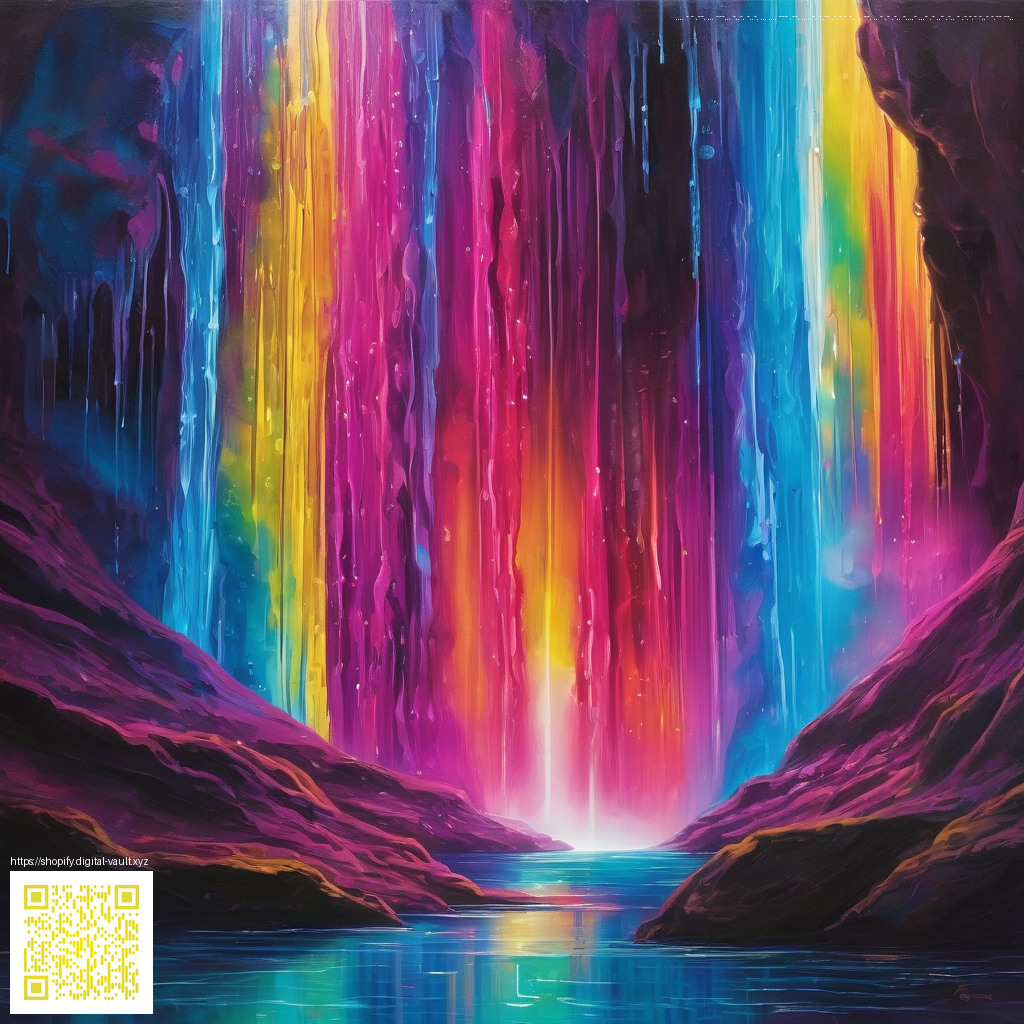
Splatoon 3’s Position in the Arena Shooter Lineup
In the crowded world of arena shooters, Splatoon 3 brings a bright splash of strategy that shakes up how teams approach objective control. Its signature ink mechanic turns turf into a dynamic resource, rewarding smart coverage as much as precise aim. The result is a game that rewards coordinated pushes, map awareness, and quick adaptation, rather than raw head-to-head gun duels alone 🎮.
Compared to traditional arena staples, Splatoon 3 leans into its own rhythm. Movement pairs fast, fluid dodges with a reach into inked terrain, creating a flow that feels both kinetic and tactical. The emphasis on territory control makes map design a living, breathing factor in every match, where the color of the floor matters as much as the weapon you wield. That balance between aggression and area denial defines how this title stacks up against classic and contemporary lines in the arena shooter genre 🕹️.
Gameplay Analysis
The core loop blends weapon variety with a robust mobility toolkit. Chargers and long-range options demand map responsibility and timing, while dualies and brush-type weapons pivot quickly to midrange skirmishes. The inked surface functions as both a battleground and a resource pool, fueling special abilities and enabling rapid respawns through clever turf coverage. In busy hallways and multi-story maps, verticality interacts with ink lines to create micro-metros of control that require split-second decisions 🧠.
Where it shines is in accessible depth. A new player can dive into turf wars and mechanics in a handful of sessions, yet the game sustains a high skill ceiling for players who chase precision and team cohesion. The feedback loop from successful flanks, successful trades, and timely zone locks is tactile and satisfying, making each match feel like a living puzzle you solve with friends. The result is a title that feels inviting on the surface while offering meaningful mastery for dedicated teams 🔥.
Community Insights and Competitive Pulse
Community sentiment around Splatoon 3 tends to center on teamwork, seasonal content, and inventive gear setups. The ongoing cycle of weapons and map updates keeps the meta evolving, which in turn fuels community tournaments, sponsor-backed events, and spirited debate on strategy and map balance. Spectator culture has grown as well, with observers parsing ink coverage metrics, lane control, and tempo shifts that determine who can press an advantage when the pressure rises ⚔️.
From a spectator’s perspective, the game offers clear drama — a push to take a strategic lane, a beautifully timed super jump into a clutch counter-push, and the moment a choke point flips as ink dries. The sense of tempo is palpable, and that makes the title a compelling watch even for folks who don’t pick up a controller every night. Community-driven guides, tune-up videos, and gear-build explorations contribute to a thriving ecosystem that complements the core competitive scene 🎮.
Update Coverage and Developer Commentary
Nintendo and the Splatoon development team have embraced a steady cadence of post-launch updates that introduce new weapons, maps, and quality-of-life improvements. This approach keeps the arena experience fresh, with balance patches that address power gaps without erasing the identity of each weapon class. The patch cadence tends to be thoughtful rather than rapid-fire, prioritizing meaningful shifts that sustain long-term balance and the health of the competitive environment.
Analysts note that official commentary often highlights the studio’s intent to preserve a lively, inclusive play space while guarding against stale or overpowered configurations. The result is a living platform where community feedback informs iterations and where new content rarely feels tished in just to check a box. That collaborative vibe resonates with players who crave both competitive integrity and creative freedom in their matches 🎮🔥.
Modding Culture and Creative Play
Modding in Splatoon 3 operates within the constraints of a Nintendo Switch ecosystem, which shapes the scale and scope of what fans can customize. While traditional PC modding thrives on open engines, Splatoon 3’s ecosystem encourages creative play through gear builds, loadouts, and community-driven challenge modes rather than user-made content or toolkit mods. Fans still experiment with team compositions, stage tactics, and set-piece strategies, sharing breakthroughs across wikis, streams, and forums. The result is a vibrant, if more restrained, culture that centers on collaboration and clever strategy rather than sprawling modding projects 🧭.
Even with the constraints, the community’s appetite for inventive play remains high. Players design mock tournaments, experiment with unusual weapon permutations, and puzzle through maps that demand unconventional approaches. It’s a testament to the game’s core strength: meaningful decision-making happens in real time, and ingenuity often beats raw power when teams synchronize their ink coverage and flanking routes 🕹️.
Final Take
Splatoon 3 carves out a distinctive niche within the arena shooter ecosystem. Its blend of movement freedom, turf-centric strategy, and a living content cycle makes it both accessible to newcomers and deeply rewarding for veterans who relish team play and map craft. While it may not mirror the raw gunplay or split-second reflexes of the era’s classic arena shooters, it offers a compelling alternative that prioritizes strategy, cooperation, and color-filled chaos. Gamers who crave a vibrant, inclusive competitive scene will find in this title a playground where clever plays, not just precise aim, win the day 🎯.
Product spotlight: If you’re shopping for a stylish companion while you dive into these battles, check out the official accessory drop linked below. It pairs nicely with late-night practice and weekend grind sessions, keeping your gear safe and your style on point.
iPhone 16 Phone Case Slim Lexan Glossy Finish